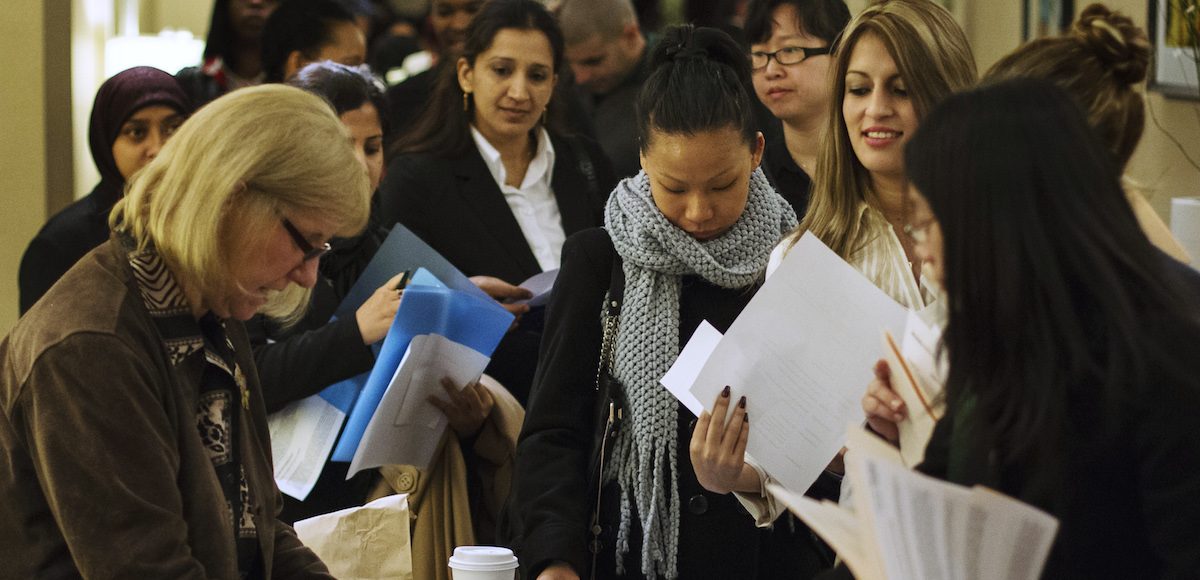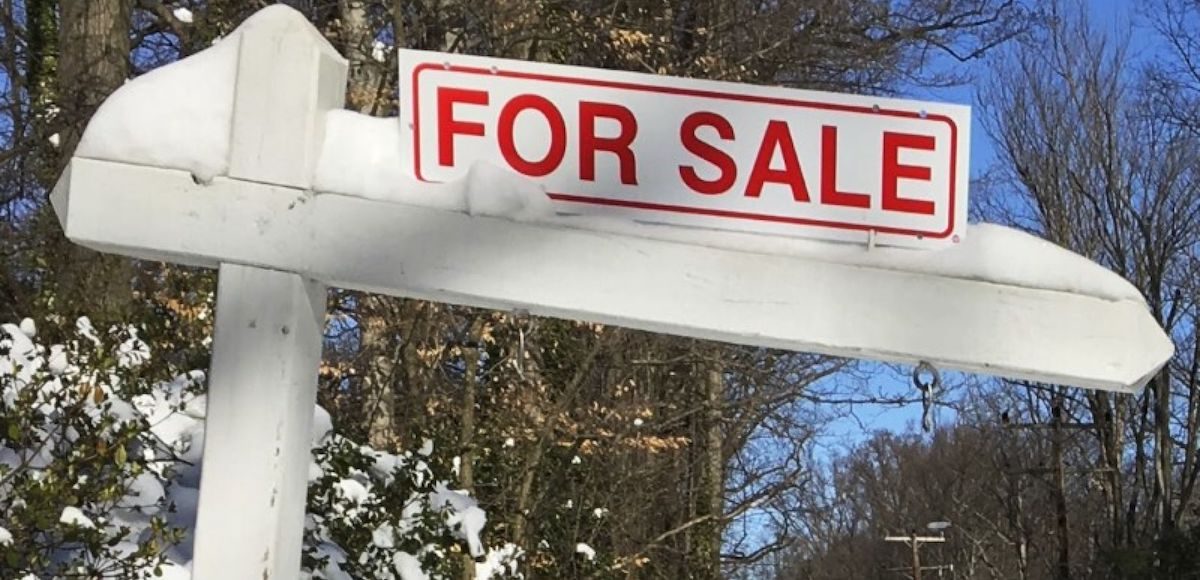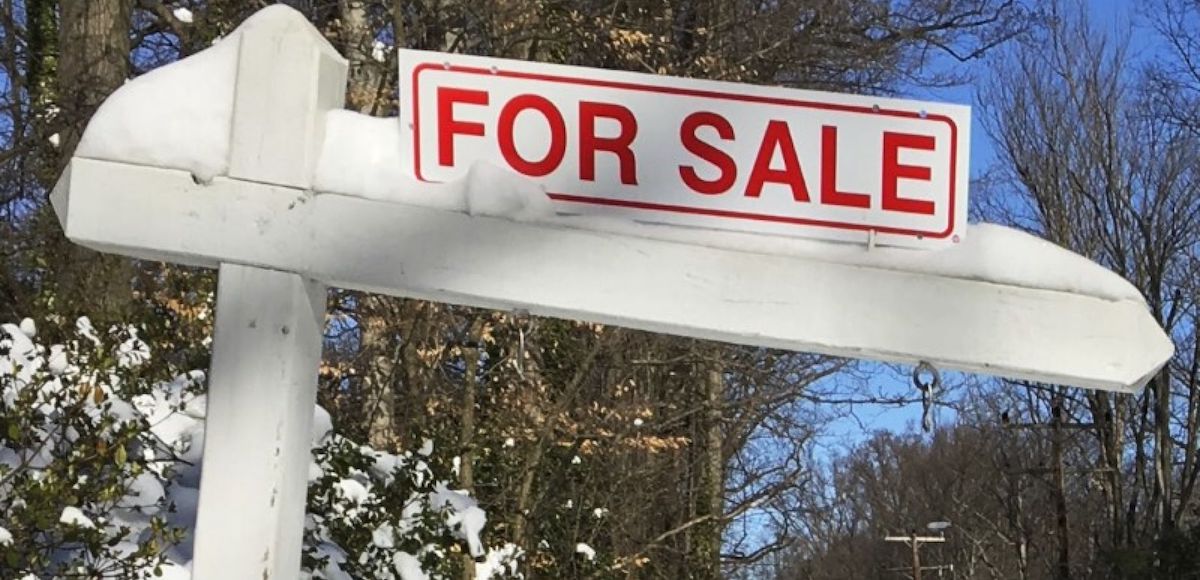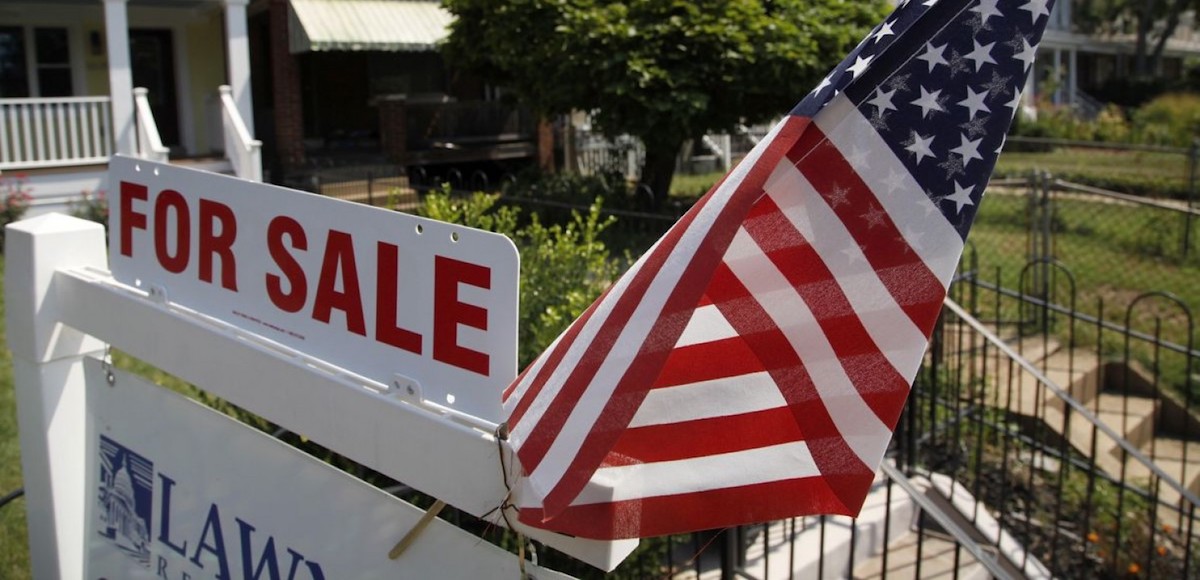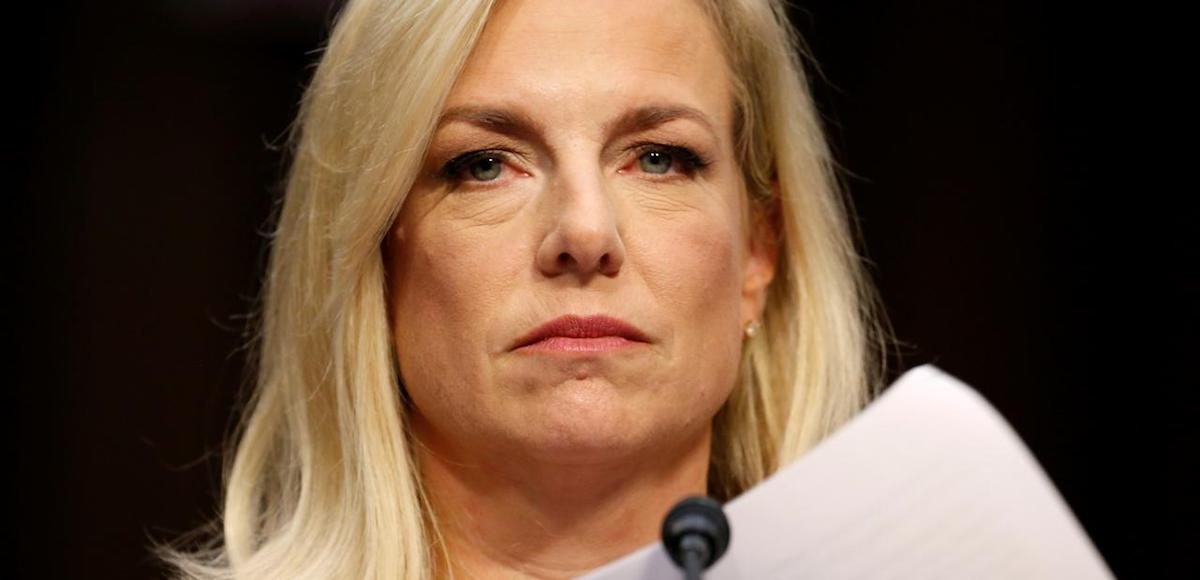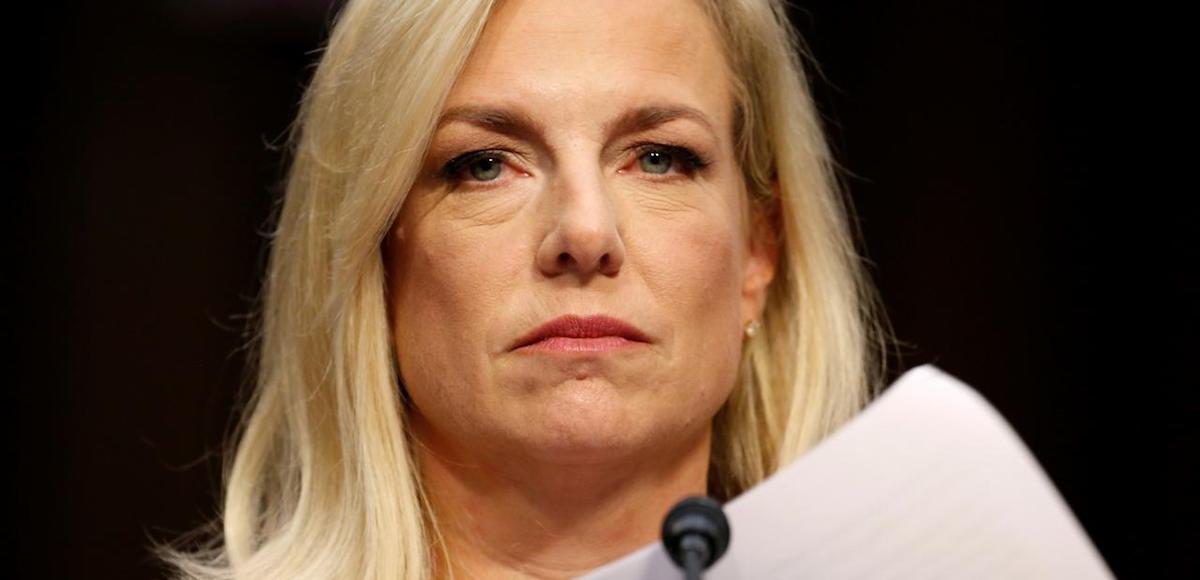Government Job-Training Programs Are a Recipe for Waste, Fraud and Failure
A few years ago, John Stossel did an undercover investigation of a government job-training program and he found that the operation was basically a scam.
Not that we should be surprised. Back in 2014, I explained to a C-Span audience that a healthy private sector was the only sure-fire way of producing a good job market. Which is why politicians (assuming they actually want job creation) should simply “get out of the way.”
Let’s now take a fresh look at the issue. The Wall Street Journal editorialized on this topic a few days ago.
…a new report from the Labor Department’s inspector general shows that the $1.7 billion federal Job Corps training program is a flop. …Nearly 50,000 people enrolled in 2017…the Job Corps provides meals, medical care, books, clothing and supplies, as well as an allowance for child care and living expenses. Such comprehensive support doesn’t come cheap—the taxpayer cost per student last year was $33,990—and the IG suggests that the investment often doesn’t pay off. …in 27 of 50 cases where full employment data existed, graduates were working the same sort of low-wage, low-skill jobs they held before training.
But there are beneficiaries of the program. The bureaucrats and contractors involved in the program make out like bandits.
The new report suggests that Job Corps’ biggest beneficiaries may be government contractors, not rookie job seekers. Job Corps spent more than $100 million between 2010 and 2011 on transition-service specialists to place students in a job after training. But among 324 sampled Job Corps alumni, the IG found evidence that contractors had helped a mere 18 find work. The contractors often claimed credit for success even though they provided no referrals or résumé and interview help.
Once again, this should not be surprising. It’s what we find over and over and over again.
Here are some excerpts from a report prepared a few years ago by then-Senator Tom Coburn.
…the government has taken on a role for which it was never intended, pouring billions of taxpayer dollars into a broken web of job training and employment programs that are rife with waste, fraud and abuse and lacking demonstrable effectiveness.…In FY 2009, nine federal agencies spent approximately $18 billion to administer 47 separate employment and job training programs, according to the U.S. Government Accountability Office (GAO). GAO identified another 51 federal programs that could be categorized as federal job training programs… The GAO found all but three of the 47 programs overlap with at least one other program in that they provide similar services to similar populations – yet maintain separate administrative structures.
All that bureaucracy and duplication might be an acceptable price to pay to get good results.
Except the programs are a miserable flop.
GAO finds ―little is known about the effectiveness of most programs. …impact studies that were conducted ―generally found the effects of participation were not consistent across programs, with only some demonstrating positive impacts that tended to be small, inconclusive or restricted to short-term impacts.
The report then lists 25 separate examples of wasteful and fraudulent spending.
It’s difficult to pick the most egregious example, but #14 caught my attention.
…a Department of Labor official was found to be taking bribes from a Job Corps contractor, even approving contracts that billed for ghost employees. …the government provided Job Corps with $1.68 billion in fiscal year 2009 and $1.7 billion in FY 2010. Job Corps also received $250 million in stimulus funding in addition to regular annual appropriations. …As part of the Inspector General‘s investigation, a search warrant was executed at the contractor‘s home. The contractor said that Brevard assisted in getting him contracts in exchange for payments. The contractor paid Brevard because if he did not do so, she would not process his invoices. When asked by law enforcement, Brevard admitted to receiving payments from the contractor paid her, and that she approved contracts – of which she knew were false.
Let’s look at a recent real-world example of failure.
The Daily Signal has done some solid reporting on this topic, including this look at the high cost and low benefits of job-training programs.
A government-funded job training program that promised to turn hundreds of residents of Kentucky’s coal country into computer coders so far has spent $2 million to place 17 people in tech jobs and may have left others worse off… The job training program, budgeted for a total of $4.5 million, was supposed to last through 2019 and train up to 200 people from an economically depressed region of Kentucky for middle- to high-skill careers in information technology. …But less than a year later, workers have torn down signs at Big Sandy Community and Technical College, where the program was based, and are closing shop on what appears to be a government-funded program run amok. A total of 32 of the 49 Kentuckians who originally enrolled in the TechHire program in Eastern Kentucky, known as TEKY, have not obtained jobs in the tech industry, according to government figures.
Predictably, the contractors were beneficiaries.
EKCEP spent $1.98 million on the partnership with Interapt. That total includes payments of $861,612 to Interapt for staff salaries and management fees, $706,146 for program service fees, and $115,287 for travel. In one case, Interapt billed EKCEP $5,200 a month for rental of a five-bedroom, five-bathroom house in Paintsville, complete with swimming pool, for Interapt staffers working on the training program. But Gopal, Interapt’s CEO, submitted as an expense and was reimbursed $1,022.40 in December alone for staying at a Ramada Inn in Paintsville, which is about 200 miles east of Louisville. …“Companies like Interapt can rely on the federal government as a crutch because the government has traditionally funded these job training programs, and it creates this vicious circle where industry supports it, politicians support it, but the results don’t bear out the intentions of the programs,” said Nick Loris, an economist who researches and writes about energy policy at The Heritage Foundation.
Let’s close with a meaty excerpt from an overview of job-training programs by Chris Edwards and Daniel Murphy.
The most thorough assessment of federal job training programs was a $25 million National JTPA study in 1994, which was commissioned by the Department of Labor. It tracked 20,000 people over a four-year period who used various training services, and compared them to control groups who did not. The study found that for most participants, federal programs had no significant benefits. …(Labor experts James Heckman and Jeffrey Smith note: “For youth, the record of government training programs for the disadvantaged is almost uniformly negative.”) All in all, the National JTPA study found that the modest benefits of the program were outweighed by the program’s costs. A 2002 book, The Job Training Charade, examines the failures of federal job training programs over the decades. The author, Gordon Lafer of the University of Oregon, is very liberal in his politics… But based on his detailed review, he finds that federal job training programs have provided very small or insignificant benefits.He argues that these programs exist for political reasons alone. Politicians have championed these programs in order to be seen as “doing something” to help workers, and whether they actually work or not is less important. Lafer argues that “as successive generations of job training programs fail to produce the hoped for results, policymakers have cycled through a stock repertoire of procedural fixes that promise to solve the problem.” CETA was supposed to fix problems of the 1960’s training programs. JTPA was supposed to fix CETA, and the WIA was supposed to fix JTPA. Lafer notes that “repeated reports of [JTPA’s] failure seem to have little impact on its political popularity… JTPA was succeeded by the Workforce Investment Act which . . . largely repeats the same strategies found to have failed under JTPA.” Job training legislation is little more than “political symbolism,” he says.
Unfortunately, empty “political symbolism” is the specialty of Washington.
Politicians don’t see the “unseen” and they don’t understand “creative destruction.”
So their efforts at job creation hinder rather than help.
Government job-training programs like Job Corps have
